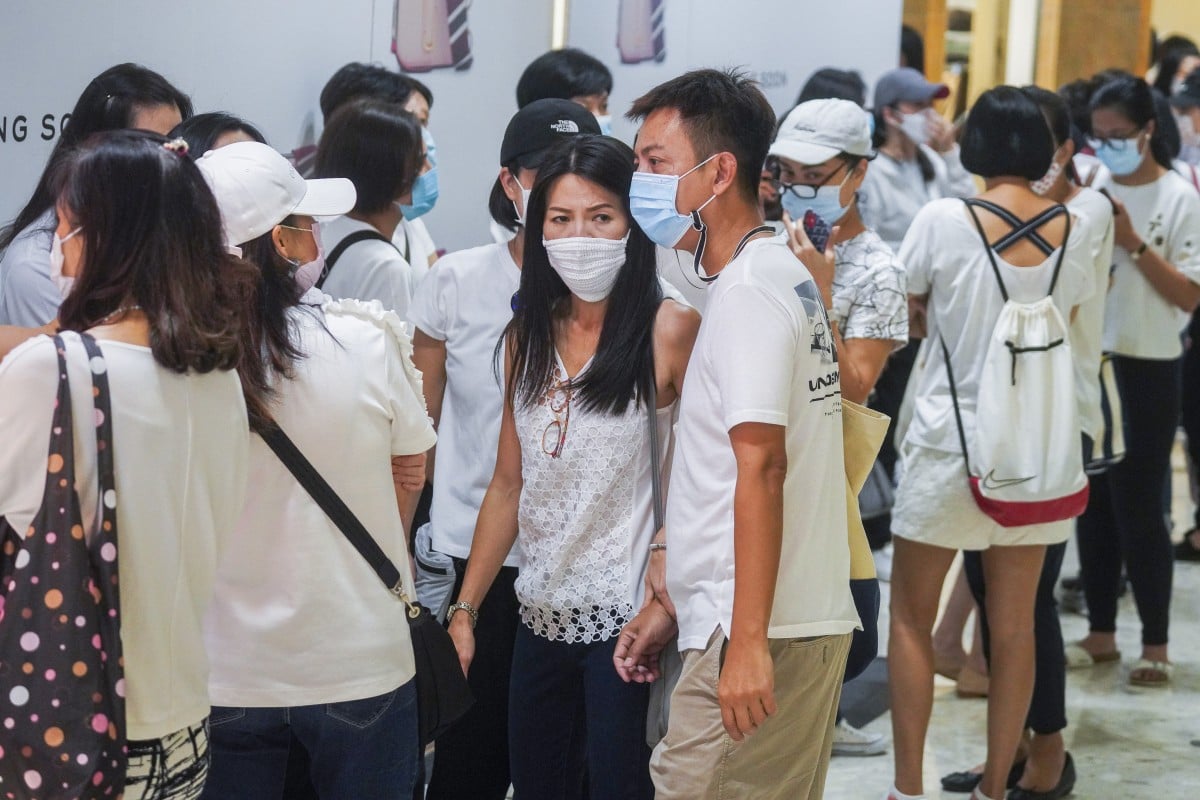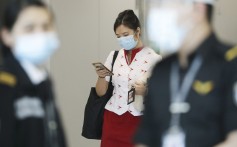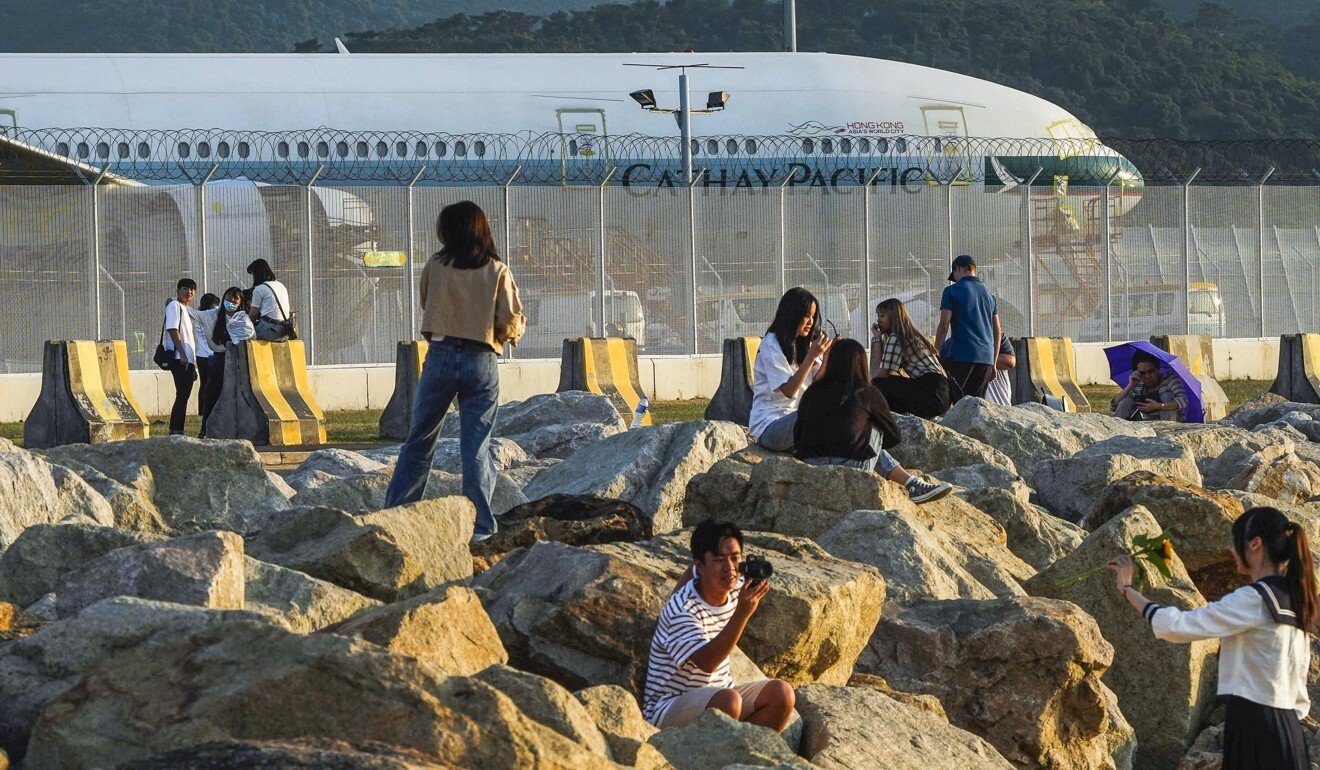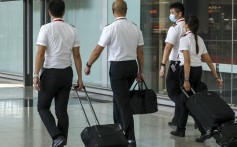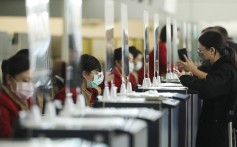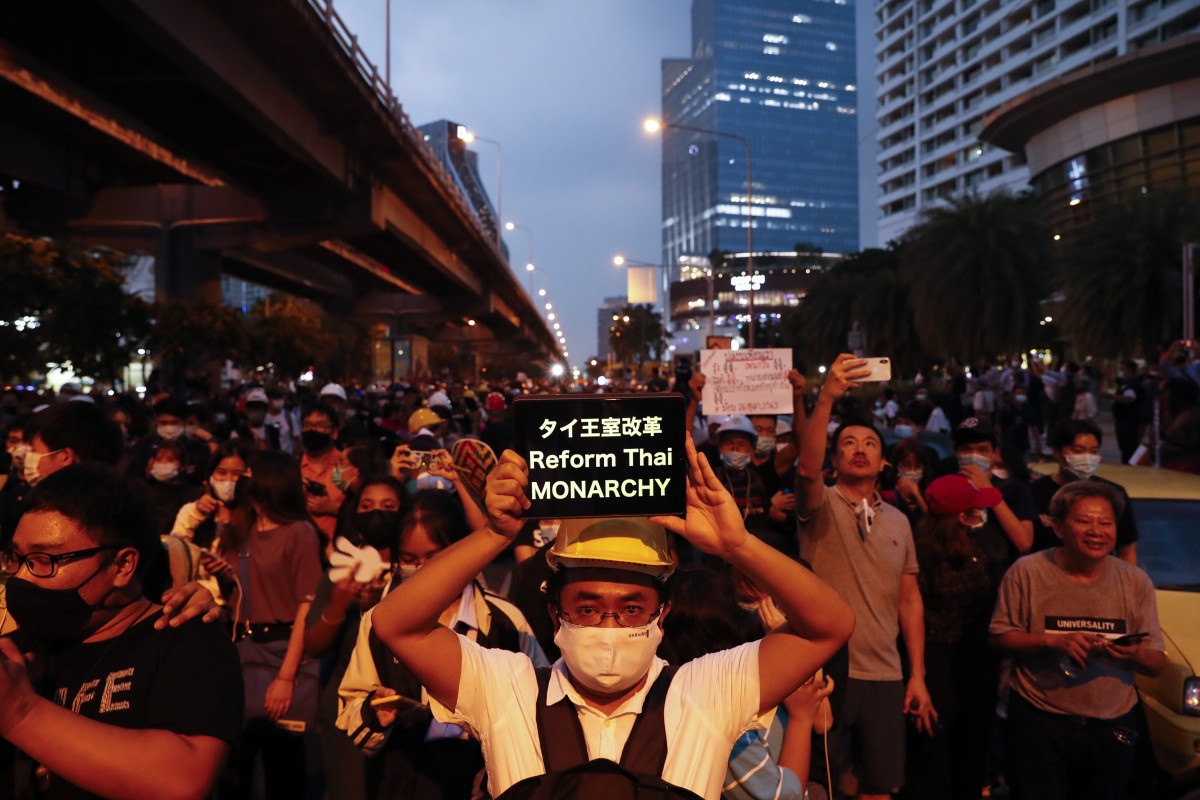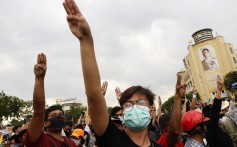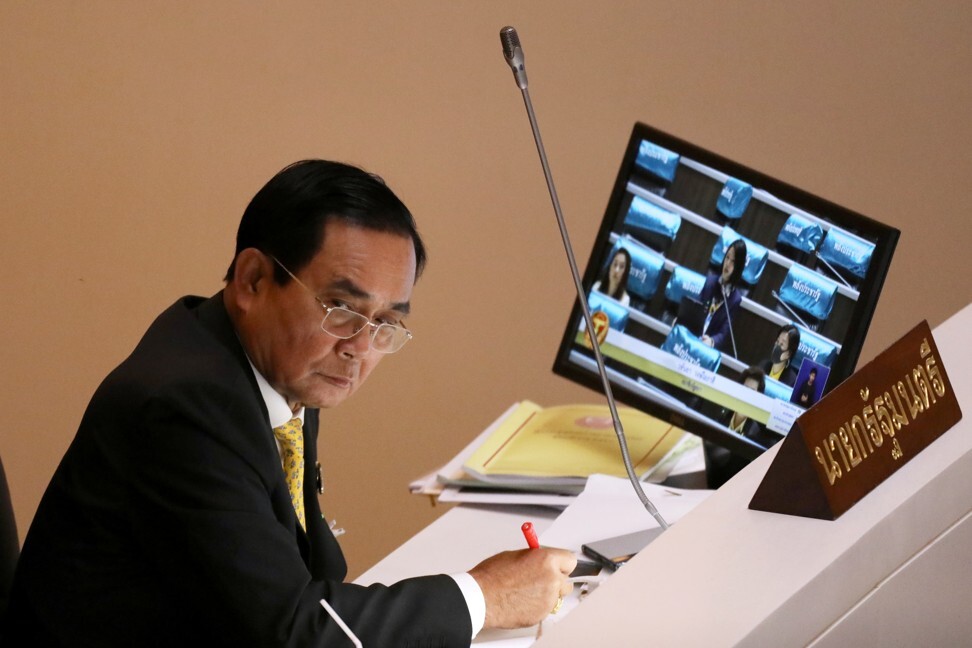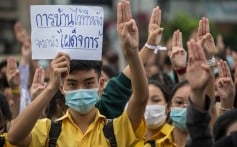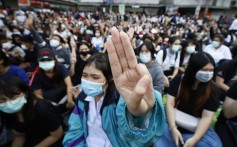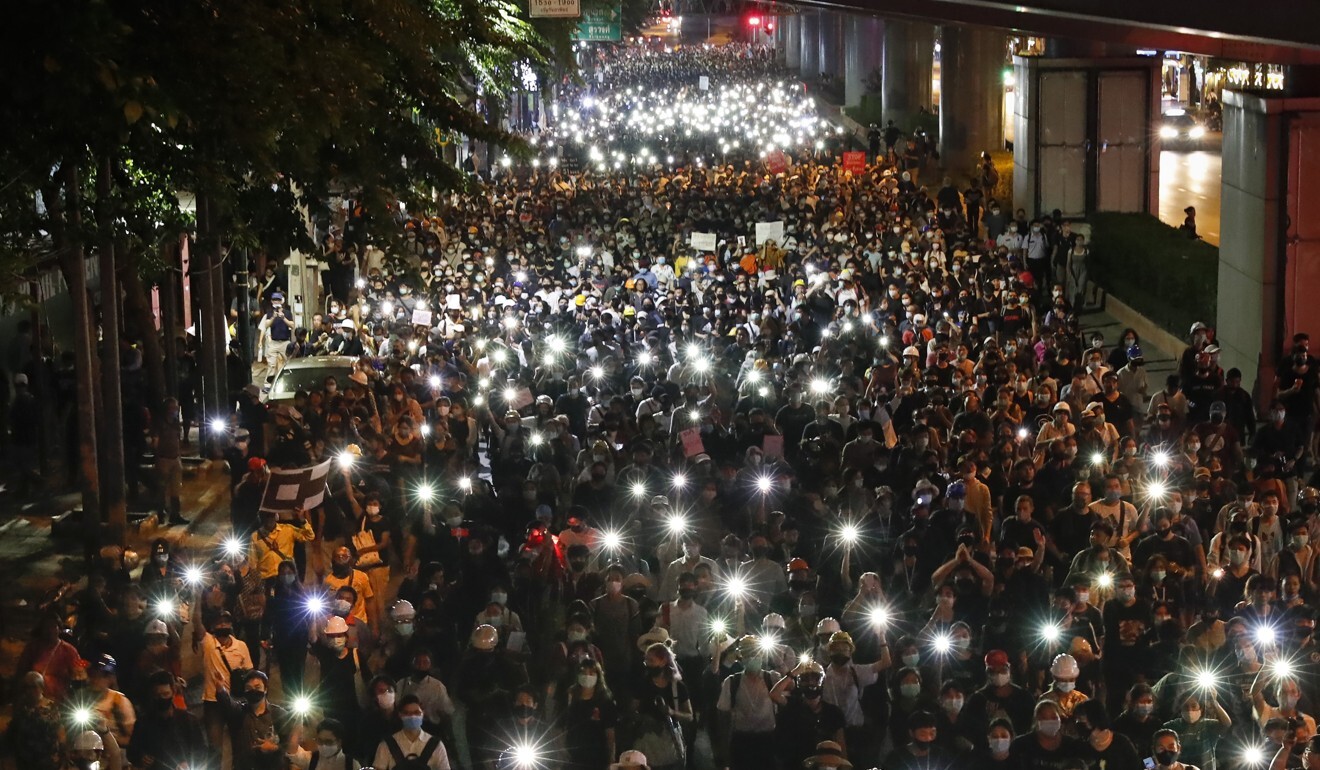Oct 27. 2020
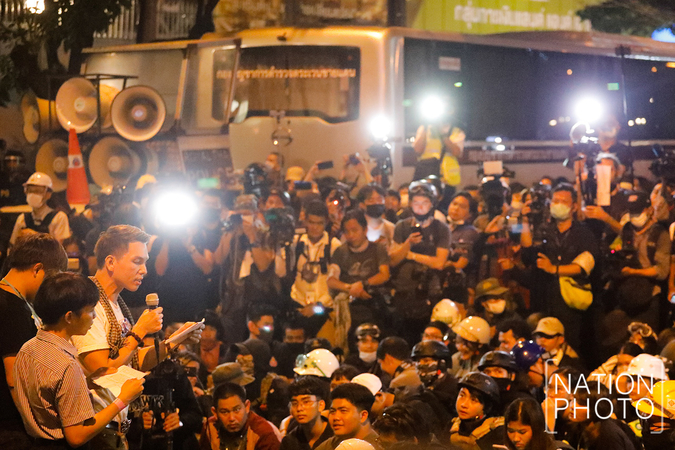
Pro-democracy demonstrators read their statement outside the German embassy on Monday. Photo by: Korbphuk Phromrekha
By The Nation
Pro-democracy demonstrators submitted a letter to the German embassy in Bangkok on Monday asking its government to investigate whether HM the King is ruling from German soil.

Student-led activists gather in front of the embassy in Bangkok after receiving support from large numbers of office workers, school and university students and seniors during their march from Sam Yan intersection.
Meanwhile, Democrat Party leader and deputy PM Jurin Laksanavisit told an extraordinary session of Parliament that a national reconciliation committee should be set up to solve the political crisis.
Pro-democracy demonstrators gathered at Sam Yan intersection from 3.30pm on Monday for a march down Rama IV Road to the German Embassy on Sathorn Road, where they arrived at 7pm. The student-led Free Youth protest group claimed that about 100,000 activists joined the rally.

Student-led activists gather in front of the embassy in Bangkok after receiving support from large numbers of office workers, school and university students and seniors during their march from Sam Yan intersection.
Three rally leaders were invited inside the embassy to submit the letter to German Ambassador Georg Schmidt.
Outside, rally representatives stood up before the large crowd to read the statement in Thai, English and German.
The statement recounted the authorities’ violent crackdown on October 16, when water cannon was used on peaceful protesters, as well as the arrest and detention of dozens of protest leaders.
They asked the German government to investigate whether HM the King is using Germany as a base to conduct Thai politics.
Such actions could potentially be a violation of German law or territorial sovereignty, they said.
“The request is aimed at reinstating HM the King to Thailand so the Palace is placed under the Constitution and Thailand can return to being a genuine constitutional monarchy,” the statement said.
Demonstrators also raised a large banner in front of the embassy that read “Reform the Monarchy”, before ending their rally at about 9pm.
Meanwhile German Foreign Minister Heiko Maas said his government is continuing to look into the behaviour of HM the King, who tends to spend long stretches of time in Bavaria, Reuters reported on Monday.
“We are monitoring this long-term,” Reuters quoted Maas as saying. “It will have immediate consequences if there are things that we assess to be illegal.”
A two-day extraordinary session of Thai Parliament kicked off on Monday morning, with Paiboon Nititawan, an MP for the ruling Palang Pracharath Party, accusing protesters of trying to overthrow the monarchy.
Jurin Laksanavisit, leader of the ruling coalition’s Democrat Party, proposed that a national reconciliation committee be set up to find solutions to the political unrest.
Opposition leader and Pheu Thai Party chief Sompong Amornvivat called for PM Prayut Chan-o-cha to resign and release the protest leaders. Dozens of pro-democracy leaders have been arrested and temporarily released in the last two weeks, but eight remain in custody after being denied bail.
Politics Oct 27. 2020
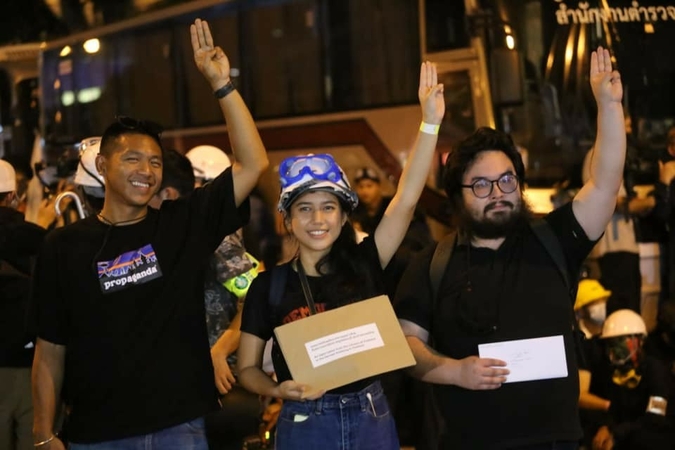
From left : Protest leaders Jatupat Boonpattararaksa, Passarawalee Thanakijwibulpol and Warin Patrick McBlain pose for a photo in front of the German Embassy in Bangkok during the pro-democracy rally on Monday. Photo Credit: Pai Jatupat FB.
By The Nation
Jatupat “Pai Dao Din” Boonpattararaksa has revealed details of what was said when three protest leaders met with German Ambassador Georg Schmidt on Monday.
Pai, Passarawalee Thanakijwibulpol and Warin Patrick McBlain handed over letters to the ambassador asking Germany to investigate whether HM the King was conducting Thai affairs from German soil. Warin handed over a letter from Khana Ratsadon International, the overseas branch of the student-led pro-democracy movement.
Pai recounted the conversation with the ambassador on Monday evening after he and his two friends entered the embassy at around 7.40pm following a protest march from Sam Yan.
“What I said was that there will be no peace without justice, no justice without telling the truth, and no one can tell the truth without freedom of expression,” Pai posted on Facebook.
He said he went on to explain that when HM King X ascended the throne, the lese majeste law was enforced against people who had shared a BBC Thai news biography of the King – an act for which Pai himself was jailed. Then, the Computer Crimes Act was imposed to suppress freedom of expression. This year, Wanchalearm Satsaksit was forcibly disappeared, he noted, referring to the kidnapping of a Thai political dissident living in exile in Phnom Penh.
He said he told the ambassador that since October 13, the government had cracked down on protesters by arresting 80 people, including youths and one individual with a mental disorder.
“Now eight of our friends remain in the custody. We are being arrested because we want to reform the monarchy institution into a genuine constitutional monarchy,” said Pai, recounting the conversation with Schmidt.
He said he pointed out that Thailand’s state of emergency and special emergency decree violated basic rights – rights which are guaranteed by the German constitution.
Pai said the ambassador pledged to forward the letters to the German government or Parliament for further action. The ambassador also said that “talking is a good starting point”, Pai said.
Protest leader Jutatip summoned over role in Oct 16 rally
Oct 27. 2020

Jutatip Sirikhan
By THE NATION
The summons was dated October 20.
Jutatip, a former president of the Student Union of Thailand and a core leader of the United Front of Thammasat and Demonstration, said it is intolerable that she is being charged for violating the emergency decree, when in reality she was at the protest exercising her right to demand better laws.
She also accused the government of trying to block people from fighting for their motherland. “I reproach all intimidation and violence. This battle must end in our generation,” she said.
The government has been widely slammed for using violence to disperse peaceful pro-democracy protesters from Pathumwan intersection on October 16.
Oct 27. 2020

By The Nation
There were clashes in Parliament on Tuesday after the opposition Move Forward Party called on the prime minister to quit to help resolve the political crisis.
The government Palang Pracharath Party (PPRP) immediately objected, saying that the resignation of the PM would inevitably trigger yellow-shirt protests, which would worsen the crisis.

Wiroj Lakkhanaadisorn
On day two of the extraordinary session, opposition MP Wiroj Lakkhanaadisorn of the Move Forward Party said General Prayut Chan-o-cha had lost all legitimacy and must resign to free the country from rule by the junta National Council for Peace and Order (NCPO).
He accused the government of adding heat to the crisis by seeking to force its viewpoint on citizens.
“We cannot get rid of people with different opinions. The government’s stance is crucial because the parliamentary mechanism must be used to resolve problems and create a safe space to talk with each other and reduce stress. But the government did the opposite. You did not listen to the voice of the people, and the PM thinks he has done nothing wrong”, said Wiroj.
He warned the government of the consequences of using sensitive issues to provoke violence, citing the 1976 Thammasat University massacre and 2010 crackdown on red shirts.
He added that institutional reforms should be discussed rationally in a safe space and an atmosphere of trust.
“I call for the prime minister to resign and the coalition government to withdraw, so we can elect a new PM without the shadow of NCPO to drive amendment of the Constitution. Mr Prime Minister, please make this sacrifice so that people can begin to move their future forward.”
Senator Thawil Pliensri accused Wiroj of spreading falsehoods by comparing the 1976 massacre and 2010 crackdown to the current crisis, where no violence had been used against protesters.

Chaiyawut Thanakamanusorn
Palang Pracharath MP Chaiyawut Thanakamanusorn added that protesters had dragged the monarchy into the debate and said they would not argue with the dog (government) but with the dog’s owner.
“The original Khana Ratsadon [revolutionary People’s Party] benefited the country in 1932, but how will its namesake in 2020 change the government,” he asked, referring to the student-led protest movement.
He said the movement operated by misrepresenting facts on social media, and questioned whether it was funded from abroad. In the past, certain groups had exploited popular protests to win political power, he said, adding that the goal this time was more than simply ousting the PM.
Chaiyawut then gave his thoughts on five options to resolve the crisis – resignation of the PM, dissolution of Parliament, a military coup, a national referendum on the protesters’ demands, and the government continuing as normal.
“The votes of 376 lawmakers are needed for the PM option. How can we create a new government without the Senate’s votes? We may follow the [protesters’] demand, but yellow shirts (royalists) will not be happy about it. If the current government stays, protesters will also come out. I don’t think the PM quitting or parliament disbanding are solutions; they would just buy more time,” said Chaiyawut.







